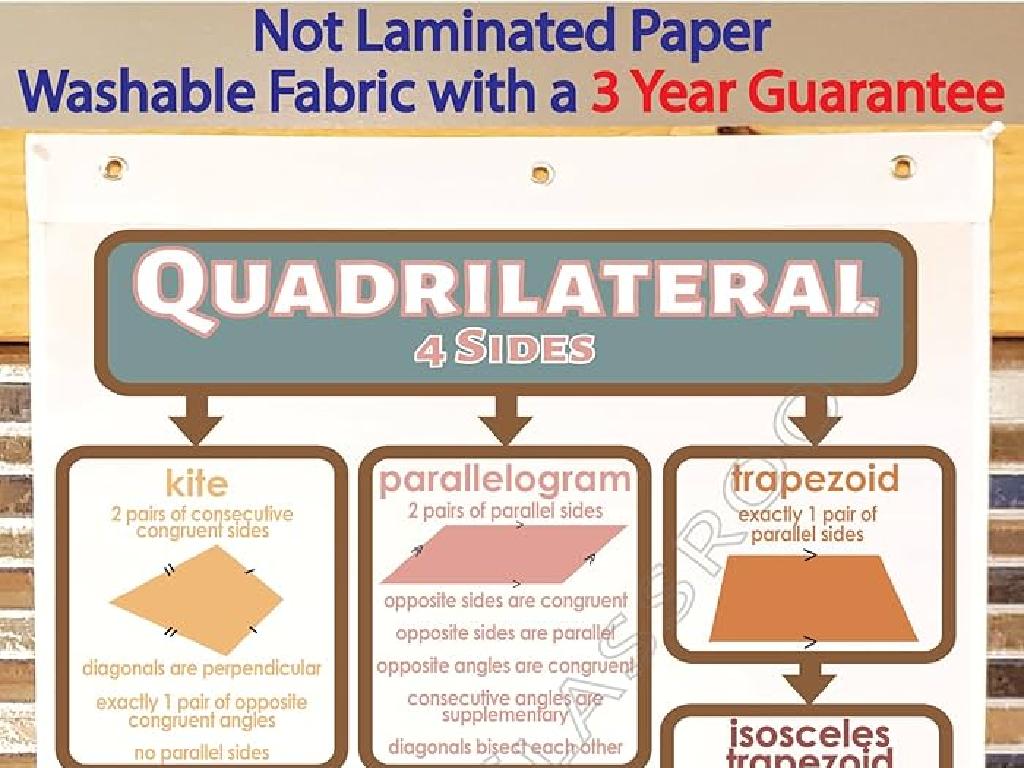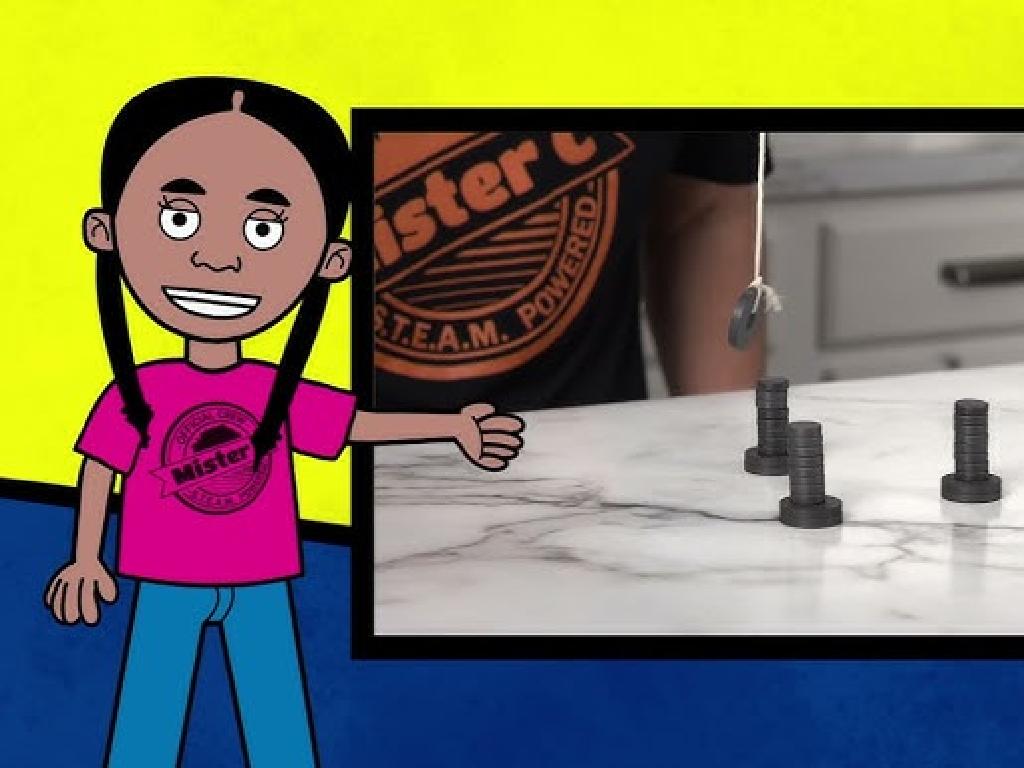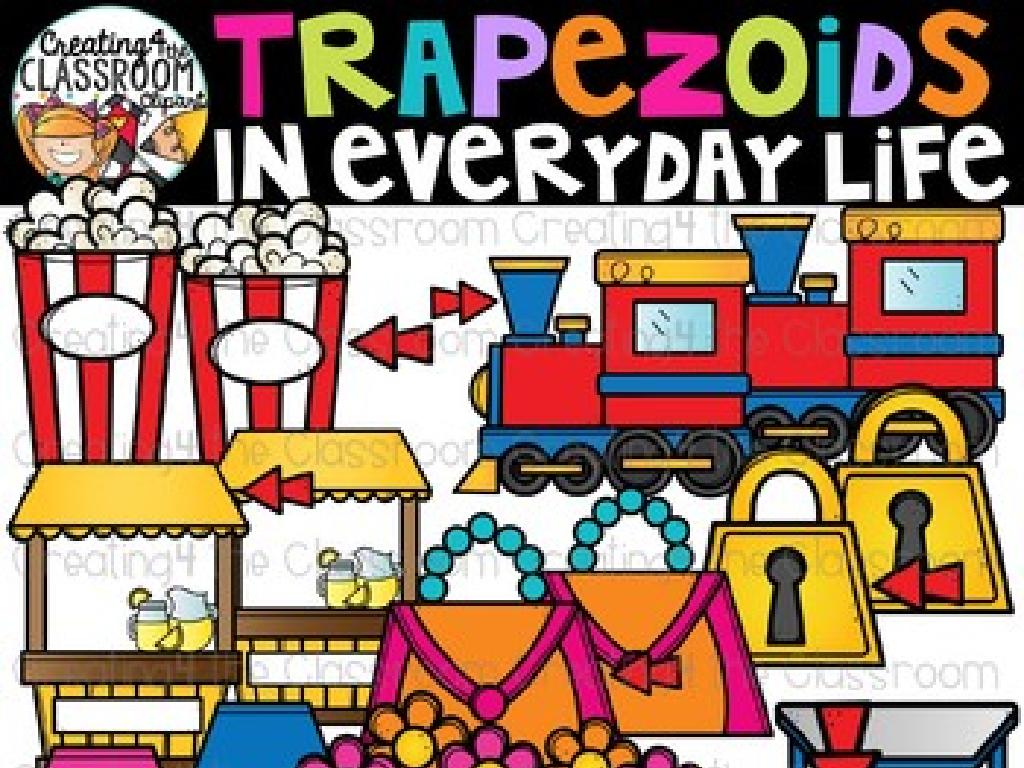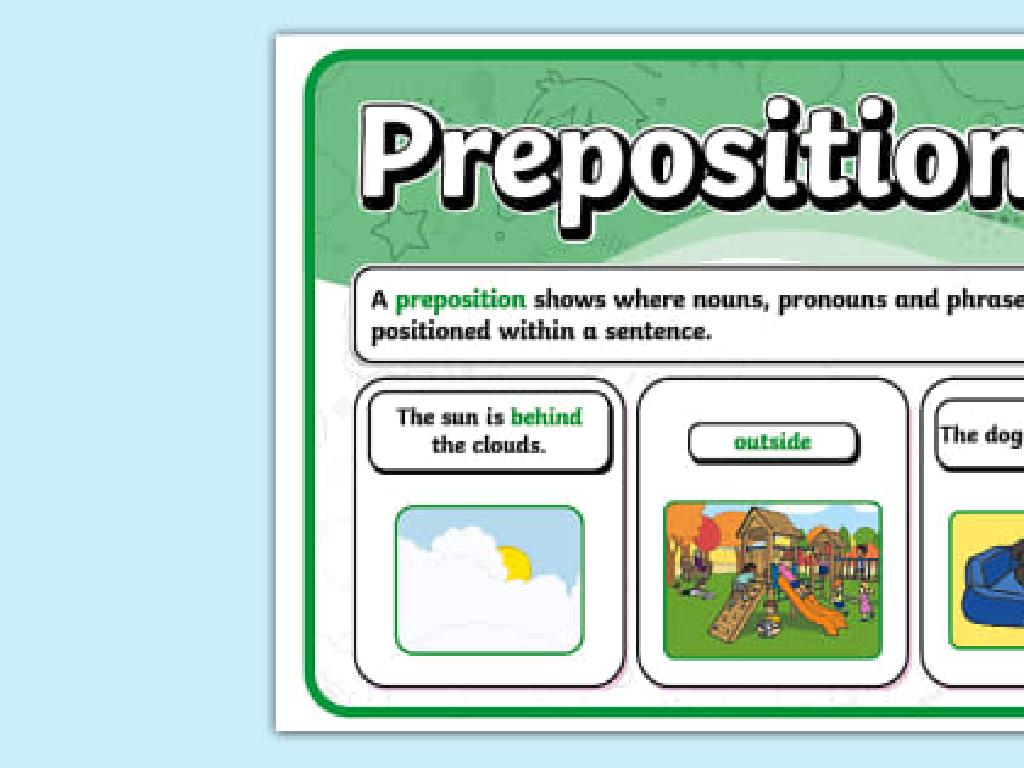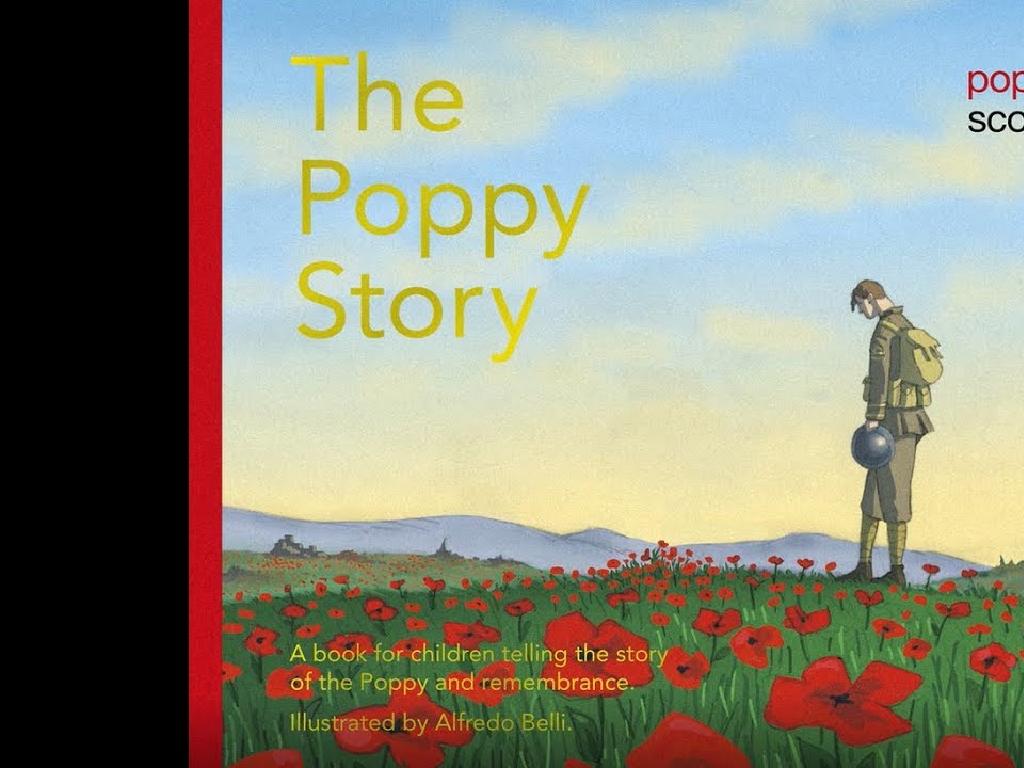Sequences Of Congruence Transformations: Graph The Image
Subject: Math
Grade: Eighth grade
Topic: Transformations And Congruence
Please LOG IN to download the presentation. Access is available to registered users only.
View More Content
Sequences of Congruence Transformations
– Understanding transformations
– Movements of shapes without altering size or shape
– Congruence in geometry
– Congruent figures have the same size and shape
– Sequences in transformations
– A series of movements that shapes undergo
– Applying transformations
– Practice by graphing images after transformations
|
This slide introduces the concept of transformations and congruence in geometry, which are foundational for understanding how shapes can move or change position without altering their fundamental properties. Transformations include translations, rotations, and reflections, all of which can be combined in sequences to map one figure onto another. Congruence refers to figures that are identical in form and size, a key concept when considering transformations. Today’s lesson will focus on how to perform and graph sequences of congruence transformations, a skill that combines understanding of both transformations and congruence. Students will learn to apply these concepts by graphing images that have undergone specific transformations, reinforcing their spatial reasoning and geometry skills.
Understanding Transformations and Congruence
– Define geometric transformation
– A transformation changes a shape’s position or size
– Explore types: Translation, Rotation, Reflection
– Translation: slides, Rotation: turns, Reflection: flips
– Congruence and transformations
– Congruent shapes are identical in size and shape
– Graphing transformations on a coordinate plane
– Use graph paper to plot the image of shapes after transformations
|
This slide introduces the concept of transformations in geometry, which are operations that alter the position, orientation, or size of a figure. Students should understand that congruence transformations preserve the size and shape of figures, resulting in congruent images. Emphasize the three basic types of transformations: translation (sliding), rotation (turning), and reflection (flipping). Use graphing activities to help students visualize how each transformation works and to reinforce the concept of congruence. Provide examples on the coordinate plane to show how the original figure and its image after a transformation are congruent.
Sequences of Congruence Transformations
– Combining multiple transformations
– Sequence of transformations matters
– Order of operations can affect the final image
– Example: Transformation sequence
– Rotate, then translate a shape on a grid
– Properties of congruent shapes
– Congruent shapes are identical in size and shape
|
This slide introduces students to the concept of combining different transformations such as rotations, translations, reflections, and dilations to move shapes on a grid. Emphasize that the order in which these transformations are applied is crucial, as it can lead to different outcomes. Provide an example sequence of transformations to illustrate the process. Discuss the properties of congruent shapes, ensuring students understand that despite the transformations, congruent shapes remain identical in size and shape. Encourage students to practice with different sequences to see the effects on the final image.
Graphing Transformed Shapes
– Steps to graph a transformed shape
– Identify the type of transformation and apply it to each vertex of the shape.
– Utilize the coordinate plane
– Coordinate plane helps visualize transformations like translation, rotation, reflection.
– Example: Graph a transformation
– Given a square at points (1,1), (1,2), (2,2), (2,1), graph its image after translating 3 units up.
– Class activity: Practice graphing
|
This slide introduces students to the concept of graphing the image of a shape after a transformation on a coordinate plane. Begin by explaining the steps to graph a transformed shape, which includes identifying the transformation type (translation, rotation, reflection, or dilation) and applying it to each vertex. Use the coordinate plane to demonstrate how it serves as a tool to visualize these transformations. Provide an example by graphing a simple shape after a transformation, such as translating a square. Conclude with a class activity where students practice graphing transformed shapes, ensuring to provide a variety of transformation types for a comprehensive understanding.
Congruence Transformations in Action
– Congruence in daily life
– Examples: tiling patterns, kaleidoscopes, and architectural designs
– Sequence order matters
– Changing the order of transformations can lead to different outcomes
– Interactive prediction activity
– Use a sequence of transformations on a shape and guess the final position
– Significance in geometry
|
This slide aims to show students how congruence transformations are present in everyday life and the importance of the order in which these transformations are applied. Real-life examples help students relate to the concept and understand its practical applications. The interactive component encourages engagement by having students predict the outcome of applying a sequence of transformations to a shape, reinforcing the concept that the order of transformations affects the final image. Emphasize that understanding congruence is fundamental in geometry, as it helps in recognizing when two shapes are identical in shape and size, regardless of their positions.
Class Activity: Transformation Sequence Creation
– Create a sequence of transformations
– Maintain congruence with the original
– Final image should be identical in shape and size to the start
– Present your transformation sequence
– Explain each step and show your final image
– Discuss outcomes with the class
– Share what you learned or found interesting
|
This activity is designed to help students understand the concept of congruence through transformations. Students will apply a series of transformations to a shape, ensuring the final image remains congruent to the original. This means the shape’s size and form should be unchanged, even though its position may vary. Encourage creativity in the sequence of transformations, which may include translations, rotations, and reflections. After completing their sequences, students will present their results to the class, explaining the steps they took and discussing their findings. This will foster a deeper understanding of congruence and the properties of transformations. Possible variations for different students could include using different starting shapes, transformation types, or sequence lengths.
Conclusion: Sequences of Congruence Transformations
– Recap transformation sequences
– Review types: translation, rotation, reflection
– Emphasize sequence accuracy
– Correct order is crucial for congruence
– Homework: Transformation worksheet
– Apply today’s lessons to complete
– Practice ensures mastery
|
This slide wraps up the lesson on congruence transformations by summarizing the key points. It’s important to reiterate the types of transformations – translations, rotations, and reflections – and how they can be combined in sequences to achieve congruence. Stress the importance of accuracy in the order of steps to maintain congruence. For homework, students will complete a worksheet that requires them to apply what they’ve learned by graphing images through a sequence of transformations. This practice will help solidify their understanding and prepare them for more complex problems. Encourage students to approach the worksheet methodically and to check their work for accuracy.

